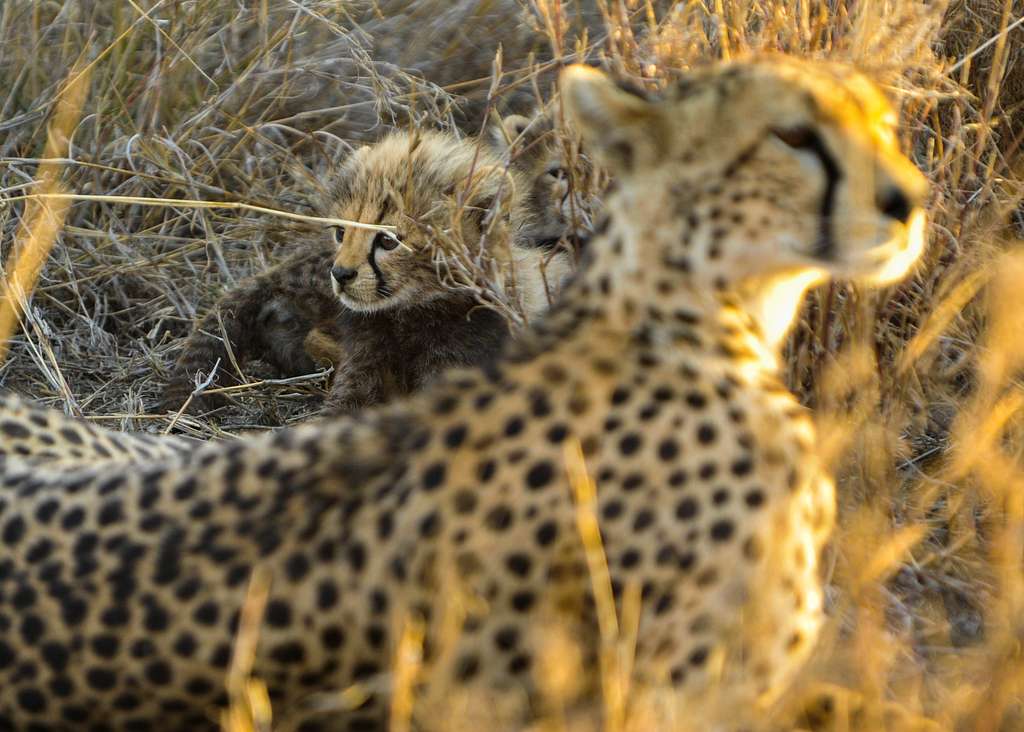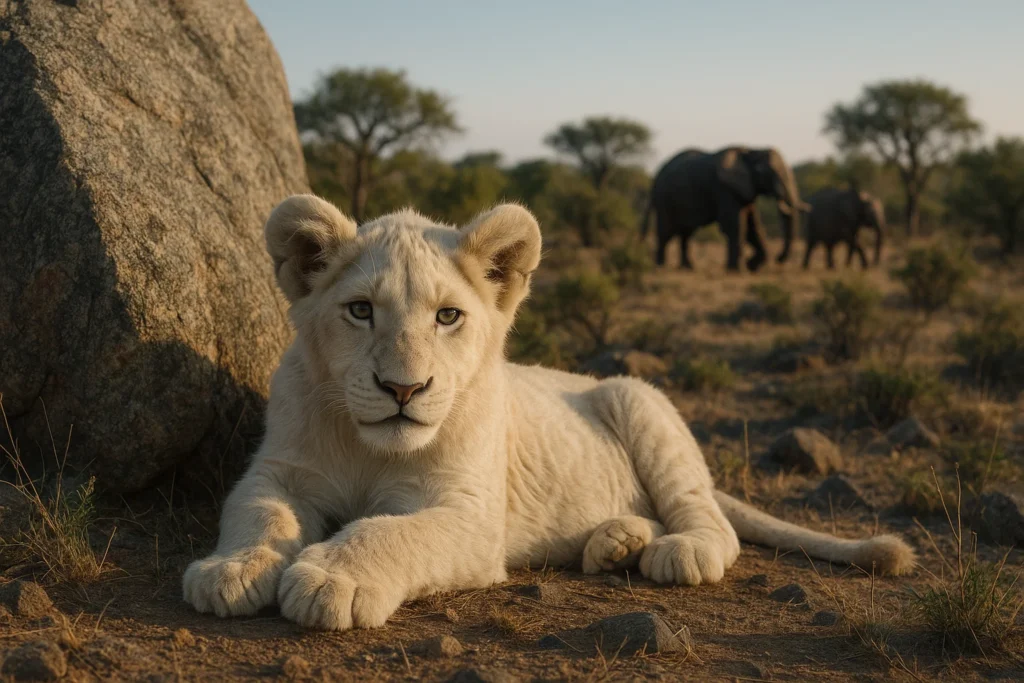The Serengeti is more than just a national park—it’s a symbol of wild Africa. Known for its vast plains, rich wildlife, and the Great Migration, the Serengeti continues to top the list of must-visit safari destinations. But what makes this park so special, and why do both first-time visitors and seasoned travelers keep coming back?
What makes the Serengeti unique?
A landscape that defines “safari”
Spanning over 14,750 square kilometers, the Serengeti is home to open savannahs, acacia woodlands, riverine forests, and rocky kopjes. This diversity creates the perfect habitat for countless species and offers an iconic backdrop for photographers and nature lovers.
A UNESCO World Heritage Site
Recognized for its ecological significance, the Serengeti has been a UNESCO World Heritage Site since 1981. Its conservation success and biodiversity make it a model for wildlife preservation globally.
The Great Migration: Nature’s grandest show
Each year, over two million wildebeest, zebras, and gazelles traverse the Serengeti in a continuous search for fresh grazing. This movement, known as the Great Migration, is one of the most awe-inspiring natural events on Earth.
When and where to witness it
- January–March: Calving season in the southern Serengeti
- April–June: Movement toward the western corridor
- July–October: Iconic river crossings in the north (Mara River)
- November–December: Return south
No matter when you visit, there’s a unique moment of the migration unfolding somewhere in the park.
Big Five sightings and beyond
The Serengeti is one of the best places in Africa to spot all Big Five animals: lion, leopard, elephant, buffalo, and rhino. But beyond these, you’ll find:
- Cheetahs thriving in the open plains
- Spotted hyenas and jackals scavenging in packs
- Over 500 species of birds, making it a top birdwatching destination
A destination for all safari styles
Whether you’re seeking a luxury lodge, an authentic tented camp, or a budget-friendly adventure, the Serengeti offers a wide range of options. Each provides unique access to the wildlife and experiences depending on the region.
Popular regions within the park
- Central Serengeti (Seronera): Year-round game viewing
- Northern Serengeti: Mara River crossings and quieter safari scenes
- Western corridor: Riverine forests and dramatic scenery
- Southern plains: Calving and predator action during early year
Best time to visit the Serengeti
While the Serengeti is a year-round destination, your experience will vary based on your interests:
- Dry season (June to October): Ideal for game viewing and river crossings
- Wet season (November to May): Lush landscapes, fewer crowds, and birdwatching
Conservation and community
The Serengeti isn’t just a safari destination—it’s a conservation success story. The park supports local communities through eco-tourism and employs anti-poaching initiatives that protect vulnerable species.
FAQs about the Serengeti
Yes, it’s a well-established destination with experienced guides, reputable operators, and controlled access.
Ideally, 3–5 days allow you to explore different areas and witness varied wildlife behavior.
Yes, most safaris are guided—either privately or in a group—offering expert insight and ensuring safety.
Absolutely. Many travelers combine Serengeti with Ngorongoro Crater, Lake Manyara, or Tarangire National Park.






